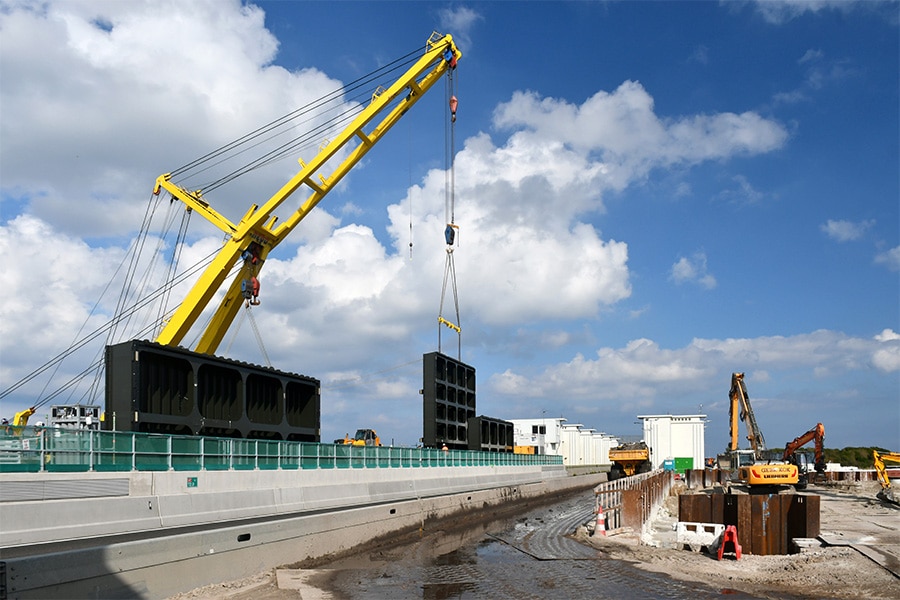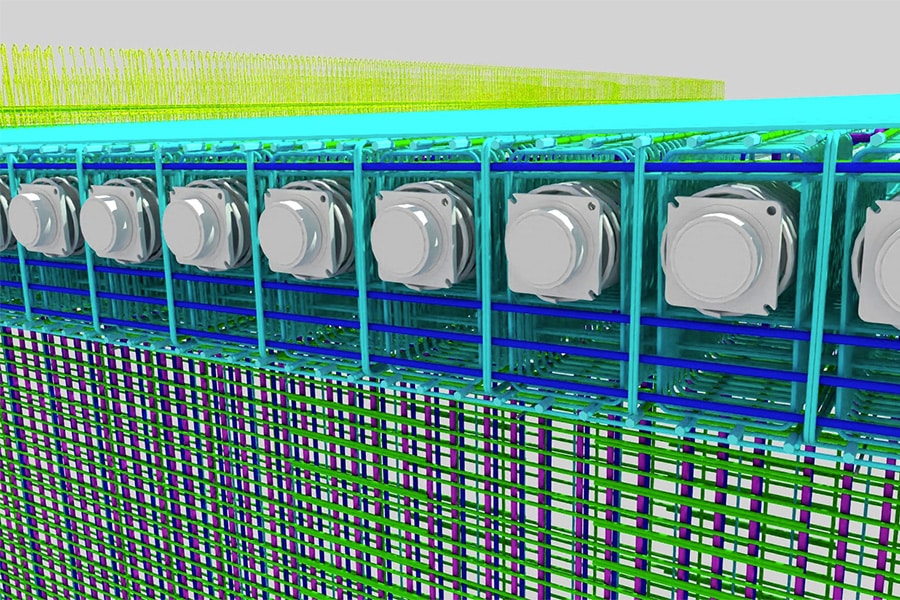
Successful implementation: not an IT project but a change process
VanMeijel's software solutions have proven themselves over the past 35 years, but what makes their use successful? How do you implement software in a way that it is used optimally? This is where Pieter Jelle de Jong, lead consultant at VanMeijel provides the answer.

As lead consultant at VanMeijel, De Jong has extensive experience in the field of software implementations and has successfully completed several projects at various companies. He says: "Although the reason for starting an implementation may differ from client to client, the goal is often the same: rolling out software to work more efficiently. We do this by digitizing registrations, eliminating duplicate administration and aligning processes. In a strategy session, we determine together with the customer what the goal is for the company. And the intended end result? A system that timely and reliably delivers the right data to the right person at the right time."
Software
VanMeijel's software fits well with the GWW and related sectors. Not surprising when you consider that the company has been applying their knowledge, experience and expertise from the industry in its software for decades. "By taking customer experiences from practice and thus tailoring our software even better to those specific issues, we create significant added value for our customers." Metacom+ provides all the functionality to optimally support projects, finances, logistics and maintenance. With the help of Metacom Online, in addition, all conceivable registrations on the construction site and in the office, such as time registration, extra work orders and purchasing processes can be digitized from any device and are thus available anywhere and at any time. "More than 200 companies and 10,000 users from the infrastructure sector, from small to large, are supported daily with our solutions," says De Jong.
Change Management
But new software is not necessarily the guarantee of success. In addition to being an IT project, it is primarily a change process, according to De Jong. "It affects the people and the company and that requires close involvement. The project team is responsible for a piece of change management: automatisms have to be re-learned and it is important to include people in this. In doing so, it helps to see the value and the big picture and explain why we are doing this. At VanMeijel, we are aware of the impact of the rollout of our software. By not losing sight of that, we ensure that an implementation is actually a success."
Bringing IT & Construction Together
Successful implementation by making IT and Construction work together, then. "Good cooperation starts with the inventory. We do this per part and together with the various employees, for example a foreman, calculator, work planner, controller and board member. All of them, as end users of the system, have knowledge of a specific process section within the company. Among other things, the inventory interview deals with the operations within the various business units. 'What do you do on a daily basis? How do you record that? What information do you want to be able to extract from the system?" De Jong says that during these conversations it also becomes clear how people would like to work in the future. "And it gives insight into how processes are aligned. We combine that with our expertise and industry best-practices to set up Metacom to arrive at the best software solution for the customer." De Jong notes that the best implementations are those in which members (VanMeijel consultants & client employees) on the project team pursue the same interests. "Although there is client and supplier relationship, within the project team you can interact as colleagues."
The right approach
Working with VanMeijel's project manager, a plan of action is then chosen. "The approach very much depends on the users, the culture and the complexity. And, of course, the goal set. Sometimes we choose a phased approach in which, after taking stock, we set up the system, then implement it, train the employees, start the test phase and finally put everything into production. But it can also be an agile approach with user stories where 'chunks' of functionality are delivered incrementally. Choosing the right approach with the goal of the implementation is of great importance for creating support within the organization and therefore a success factor," De Jong knows from experience.
Adding value
Once functionalities are delivered, an important phase comes: the testing phase. "Then the users start working with the software and there is still room for fine-tuning," says De Jong, but notes, "Of course we strive to ensure that every delivery, every deployment and even every discussion adds value to the result." Once everything has been tested and people can get on with it, it's time to bring the implementation "live": from the approved test environment, the production environment for each business process is set up by the consultant and the financial positions are transferred. From then on, Metacom is really used by the company in practice. "Of course, we remain available for a piece of aftercare. We want to add value not only with our software, but also by sharing our vision of the industry and applying our knowledge of business processes, both at the start and after going live."
The key to success
"Although we have standardized ERP software with Metacom and offer a flexible low-code platform with Metacom Online, its implementation is always customized. The chosen approach is based on experience within VanMeijel and always in collaboration with the client. This cooperation is the key to a successful implementation. The sharper the goals are, the better we can align the interests of all involved. And make no mistake how many interests count within a project: management/MT, departmental interests, personal interests. By being close to the customer from the first moment and looking at the customer, we see where they are coming from and what is needed," says De Jong and concludes, "VanMeijel provides an optimal, customer-specific solution with proven good software and a successful implementation process."



